Microsoft letter of recommendation template
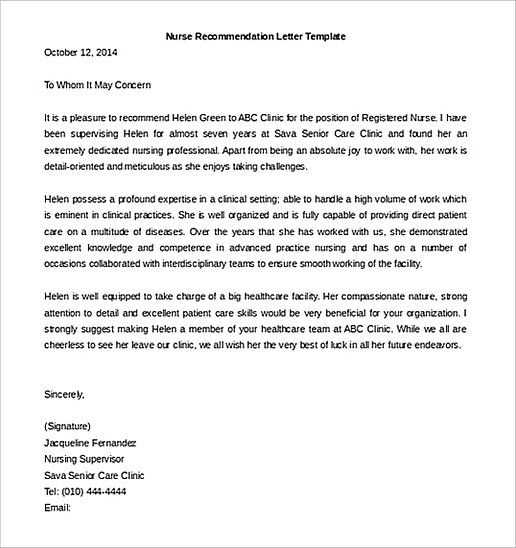
Key Elements of a Microsoft Letter of Recommendation
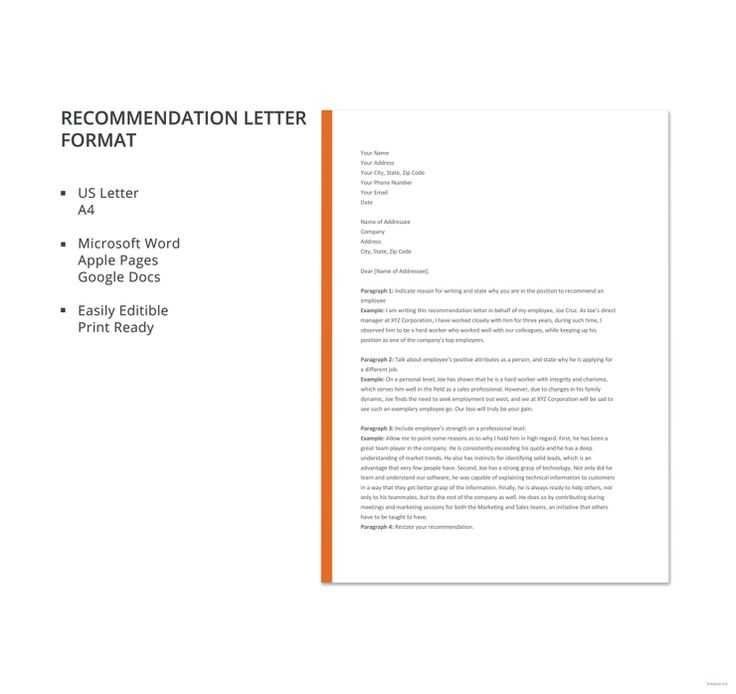
A well-structured letter of recommendation provides a detailed overview of the candidate’s skills and accomplishments. For a Microsoft letter of recommendation, focus on the applicant’s technical expertise, problem-solving abilities, and how they fit into a collaborative environment. Begin by clearly stating the purpose of the letter and the relationship with the candidate.
Introduction
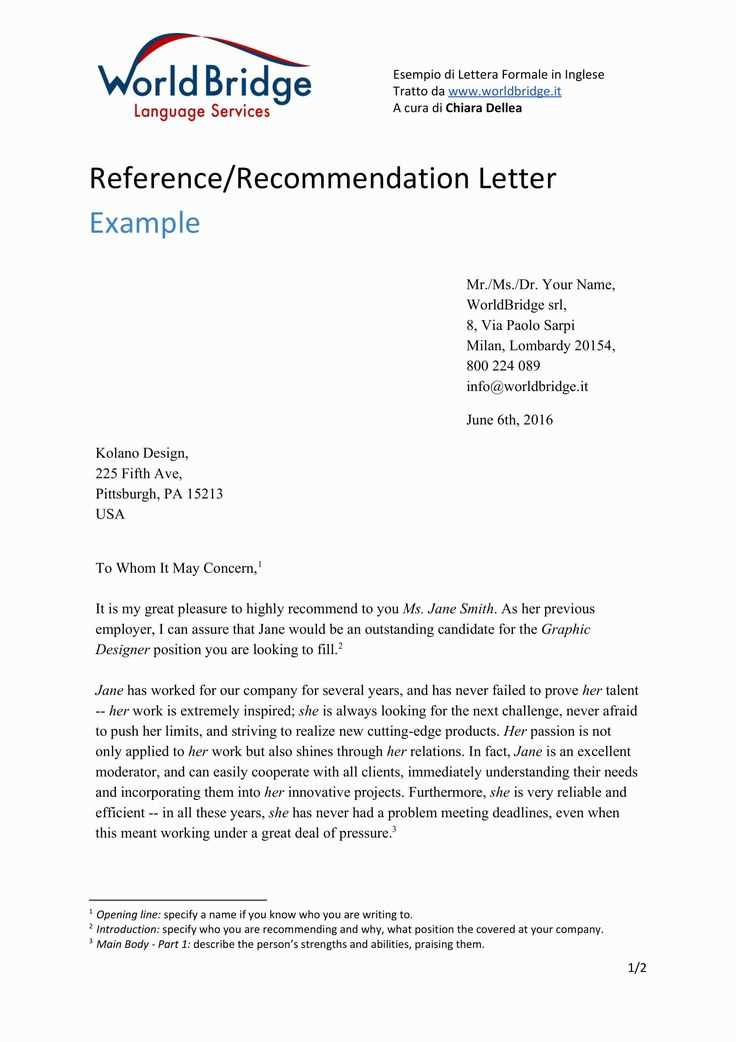
Start with the candidate’s name, the role they’re being recommended for, and the context in which you’ve worked with them. Mention the duration and nature of your professional relationship. Avoid generic phrases and aim for specific examples.
Example: “I am writing to recommend [Candidate’s Name] for the position of [Position Name] at Microsoft. I had the pleasure of working with [Candidate’s Name] for over [X years/months] as [Their Position] at [Company Name], where they consistently demonstrated expertise in [specific technology or skill].”
Skills and Achievements
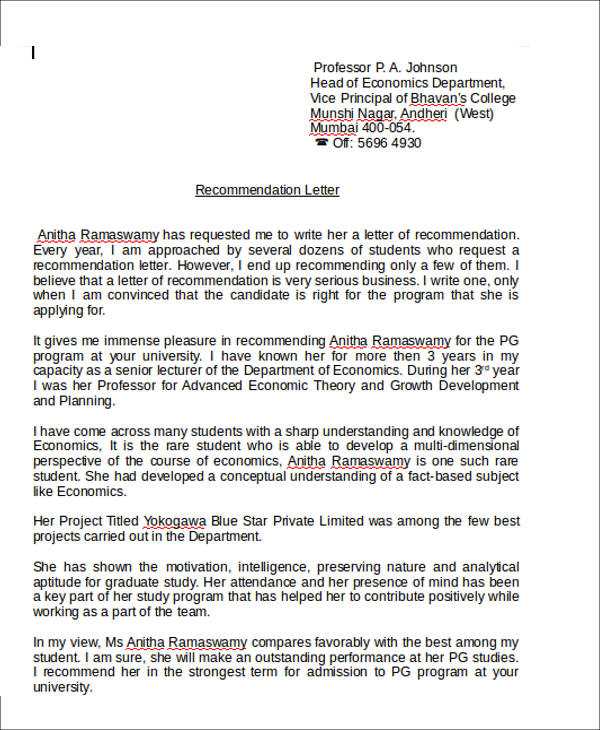
Highlight key competencies relevant to the role. Emphasize the candidate’s technical abilities, leadership, and contribution to projects. Specific examples of problem-solving, successful projects, or initiatives where the candidate had a significant impact should be included.
- Technical Expertise: Mention familiarity with relevant Microsoft technologies (e.g., Azure, .NET, C#, Power BI).
- Collaboration and Communication: Highlight their ability to work effectively in cross-functional teams, communicate ideas clearly, and collaborate with different departments.
- Leadership and Innovation: Describe situations where the candidate took initiative, led a team, or contributed to innovative solutions.
Example: “In one notable project, [Candidate’s Name] led the development of a cloud-based solution that improved the efficiency of [specific task], using [Microsoft technology]. Their ability to identify challenges and deliver effective solutions was critical to the project’s success.”
Character and Work Ethic
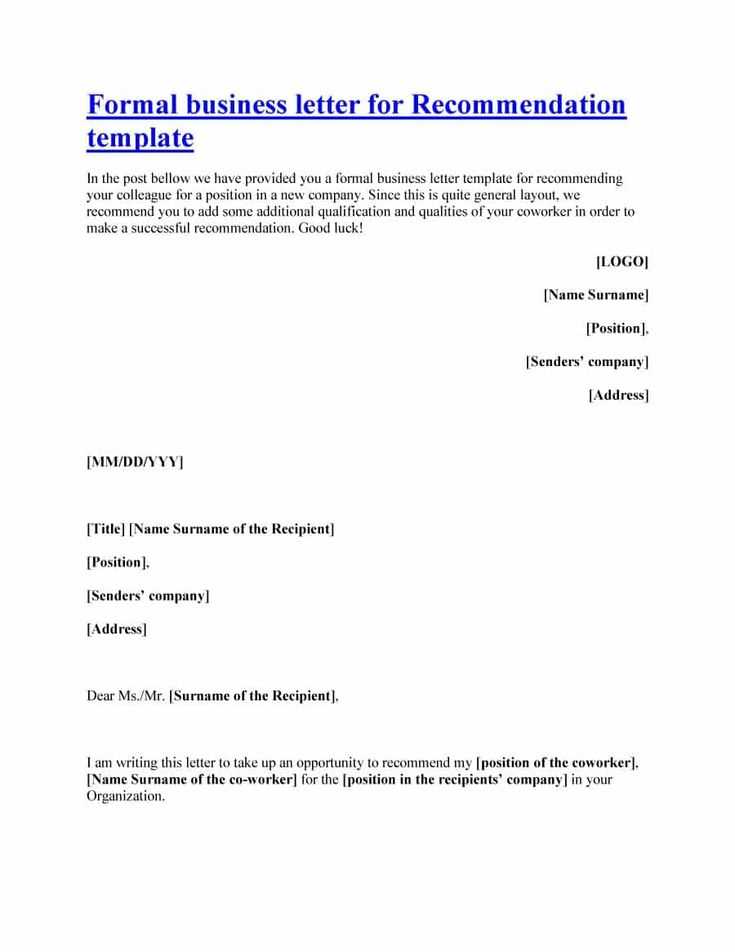
Offer insight into the candidate’s work ethic and personal qualities. This section should include their reliability, adaptability, and approach to handling challenges. Illustrating how the candidate fits into a team and how they align with Microsoft’s core values will strengthen the recommendation.
Example: “[Candidate’s Name] is a highly motivated and dependable individual who consistently meets deadlines while maintaining a high standard of work. They are adaptable and always eager to learn new skills, which makes them an asset in any work environment.”
Conclusion
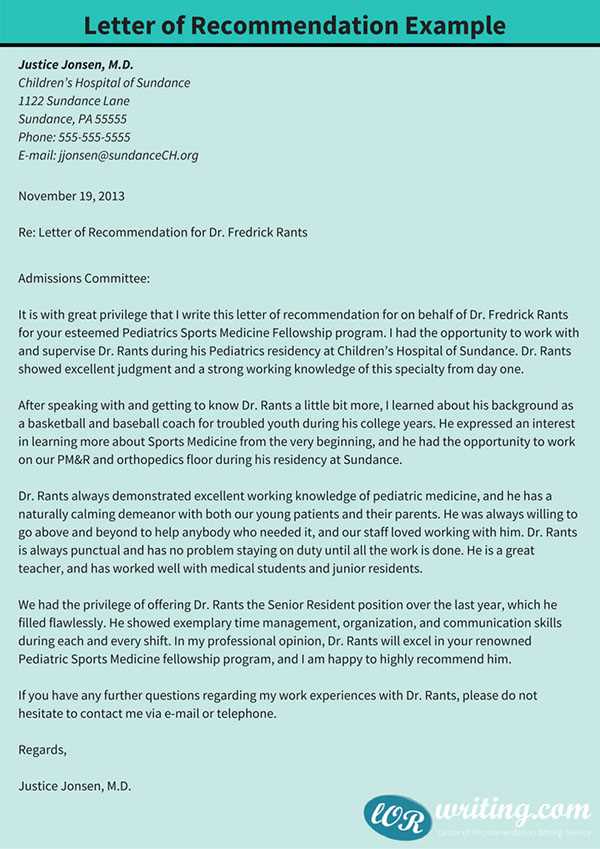
Wrap up by providing a strong endorsement, affirming your confidence in the candidate’s abilities and suitability for the role. Offer to provide further details if necessary.
Example: “I confidently recommend [Candidate’s Name] for the [Position Name] at Microsoft. They have the skills, work ethic, and determination to excel in any role. Please feel free to contact me for any further information regarding their qualifications.”
Microsoft Letter of Recommendation Template
How to Structure a Recommendation Letter for Microsoft
Key Elements to Include in a Letter of Recommendation for Microsoft
Common Mistakes to Avoid When Writing a Recommendation for Microsoft
How to Customize a Letter of Recommendation for a Specific Microsoft Role
Tips for Highlighting Relevant Skills and Achievements in a Microsoft Recommendation
Formatting Guidelines for a Professional Recommendation Letter for Microsoft
Focus on clear, direct language when writing a recommendation for Microsoft. Start with a brief introduction, stating how you know the candidate and for how long. Follow up with specific examples that demonstrate their skills and achievements, ensuring these are aligned with the position they are applying for. If they’ve worked on software development, project management, or technical problem-solving, highlight how these experiences match the role’s needs. Be specific about their accomplishments with measurable results where possible.
Key elements to include are the candidate’s job title, relevant projects or initiatives, and how they contributed to the success of the team or company. It’s essential to show their proficiency in key technical areas or leadership, depending on the role. Providing examples of how they went beyond expectations can make the letter stand out. Always focus on the candidate’s qualities that Microsoft values, such as innovation, collaboration, and technical expertise.
Avoid vague language like “hardworking” or “dedicated” without evidence. Instead, show how the candidate solved a complex problem or led a team successfully. Stay away from personal comments that aren’t directly relevant to the job or professional abilities. Keep the tone formal yet approachable, focusing strictly on their work performance and suitability for the role at Microsoft.
To tailor the letter for a specific Microsoft role, make sure to review the job description and include key skills or experiences that match the role’s requirements. For example, if the role emphasizes cloud computing, discuss the candidate’s experience with Azure or similar technologies. Customizing the recommendation shows that you understand the requirements and are endorsing the candidate based on their direct qualifications for the position.
To highlight relevant skills and achievements, use concrete examples. Mention projects, accomplishments, and initiatives where the candidate demonstrated leadership, technical abilities, or problem-solving. Quantify their impact when possible (e.g., “reduced processing time by 30%” or “led a team of 10 developers to launch a new product on time”). This strengthens your recommendation by providing evidence of the candidate’s capability.
Formatting should be clean and professional. Use a standard business letter format with clear paragraph breaks and consistent margins. Start with the date and recipient’s information, followed by a formal greeting. Each paragraph should be concise, with a focus on one key point. End with a clear call to action, such as an invitation to contact you for more details. Include your professional title and contact information at the end of the letter.